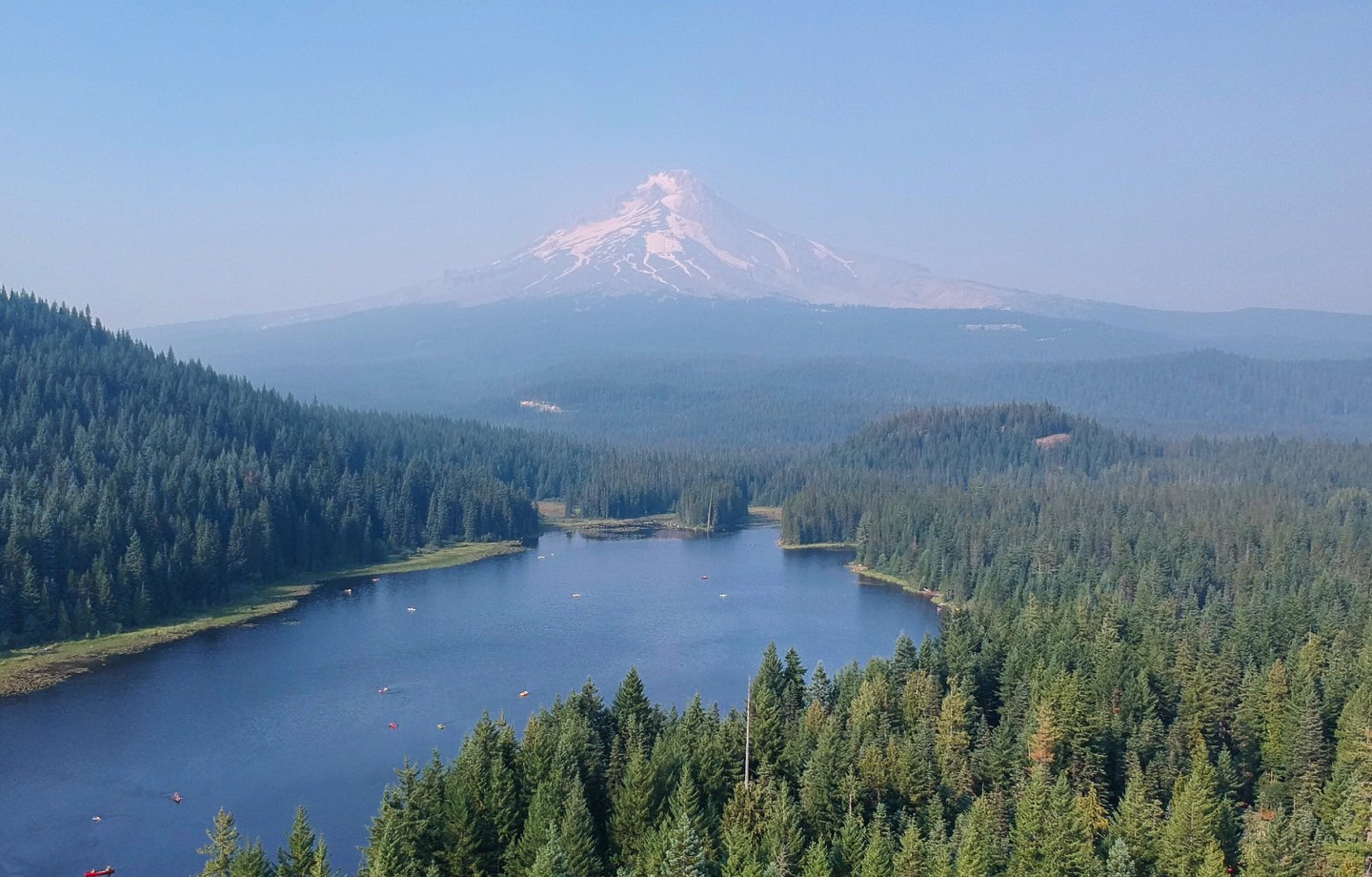This month, we’ve teamed up with Friends of Trees to celebrate Earth Month and are excited to share that they are our April giving partner. This group is inspired by the people of Oregon and Washington. They have one thing in mind: “planting trees and growing healthy communities together.”
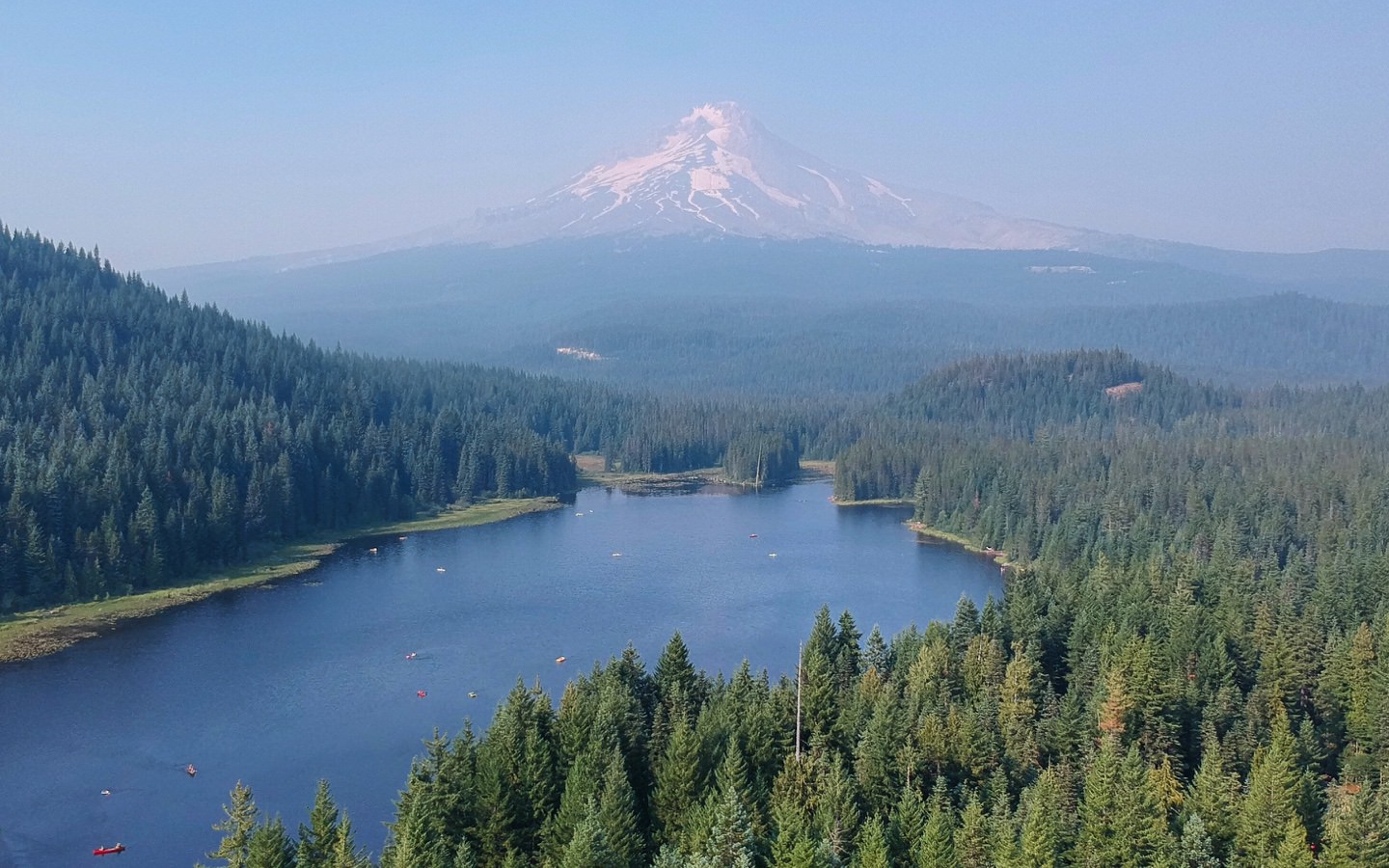
Founded in 1989 by a resident of Portland who loves trees, they have now grown into a regionally recognized leader who is improving the urban tree canopy while restoring sensitive natural areas. If you’re in the area and want to get to know the people of the neighborhood, you can learn more about their volunteering options. Together, we’re excited to inspire change and grow like-minded communities.
Have you ever wondered how you can learn to foster your own forest? Whether your goal is to plant more trees in your backyard or join a group to do so, our friends, for lack of a better word, at Friends of Trees have got you covered with their guide to planting and caring for our fellow leafy beings.
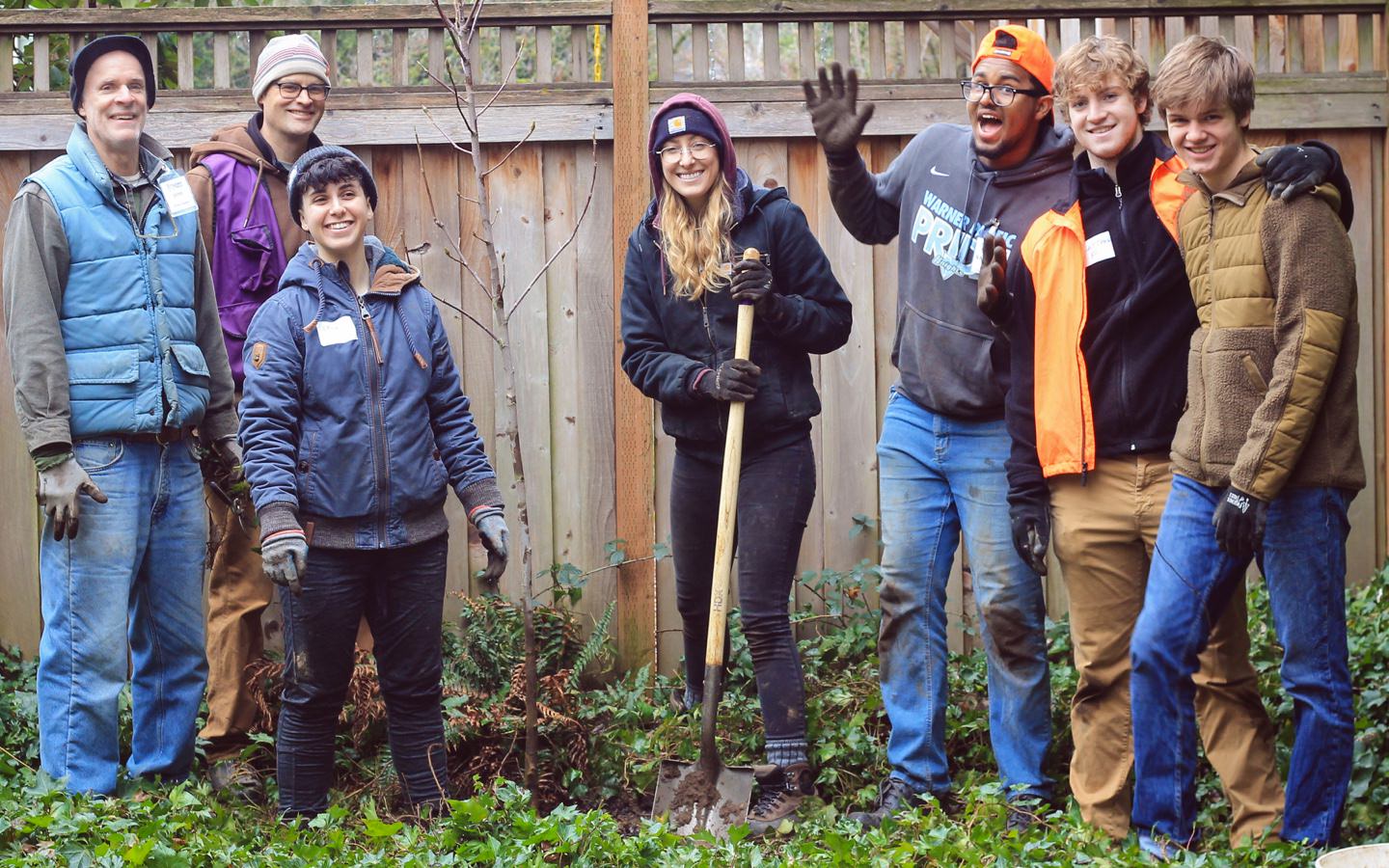
One of the most important things to keep in mind when you’re getting ready to plant new friends is choosing the right location to ensure that the tree will thrive without interfering with foundations, driveways, sidewalks, and fences. So where to start?
Size Matters
Always keep the growth of your trees in mind. You want them to grow big and tall so you want to be sure there isn’t anything that will hinder it’s maturity. Friends of Trees suggests, “In narrow, open space, plant tall, columnar trees. In wide areas with overhead utility wires, plant smaller, rounder trees.” If you have a large space, why not plant large trees like natives to your area—this will not only help the overall tree canopy and wildlife habitat, it will also help you save energy.
Maximize the Benefits
As you may already know, trees are a great way to keep your home cool since they provide shade. It’s recommended to plant your trees within 30 feet the home. Planting on the west side of the house will bring you shade in the summertime. “If you want to plant for warmth in winter, consider planting a windbreak, such as a row of conifers.”
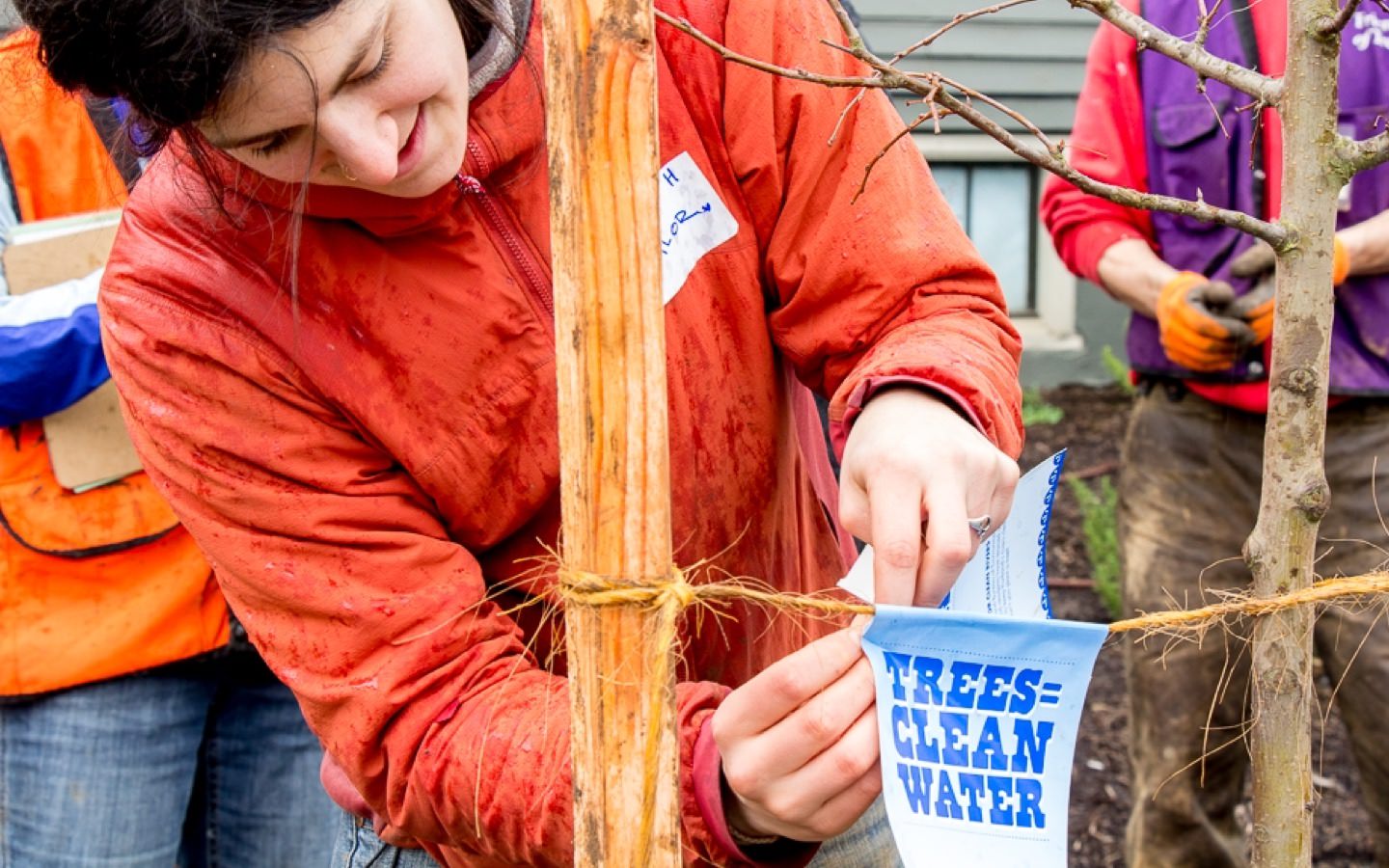
What Species Should I Choose?
Find the perfect spot before figuring out what species you want to plant. “For instance, if you have ample space, it doesn’t make sense to plant a small, ornamental tree.” It goes back to size mattering, maximize your space and nourish trees that will fit well.
Environmental Factors
The process of finding the right tree can be tricky but there are tons of resources out there! Think soil, water, and sunlight—just like how you take care of your indoor plants. You can always look to local nurseries/arborists, books, and online publications for guidance. If you’d like to browse Friends of Trees suggestions, you can check them out here!
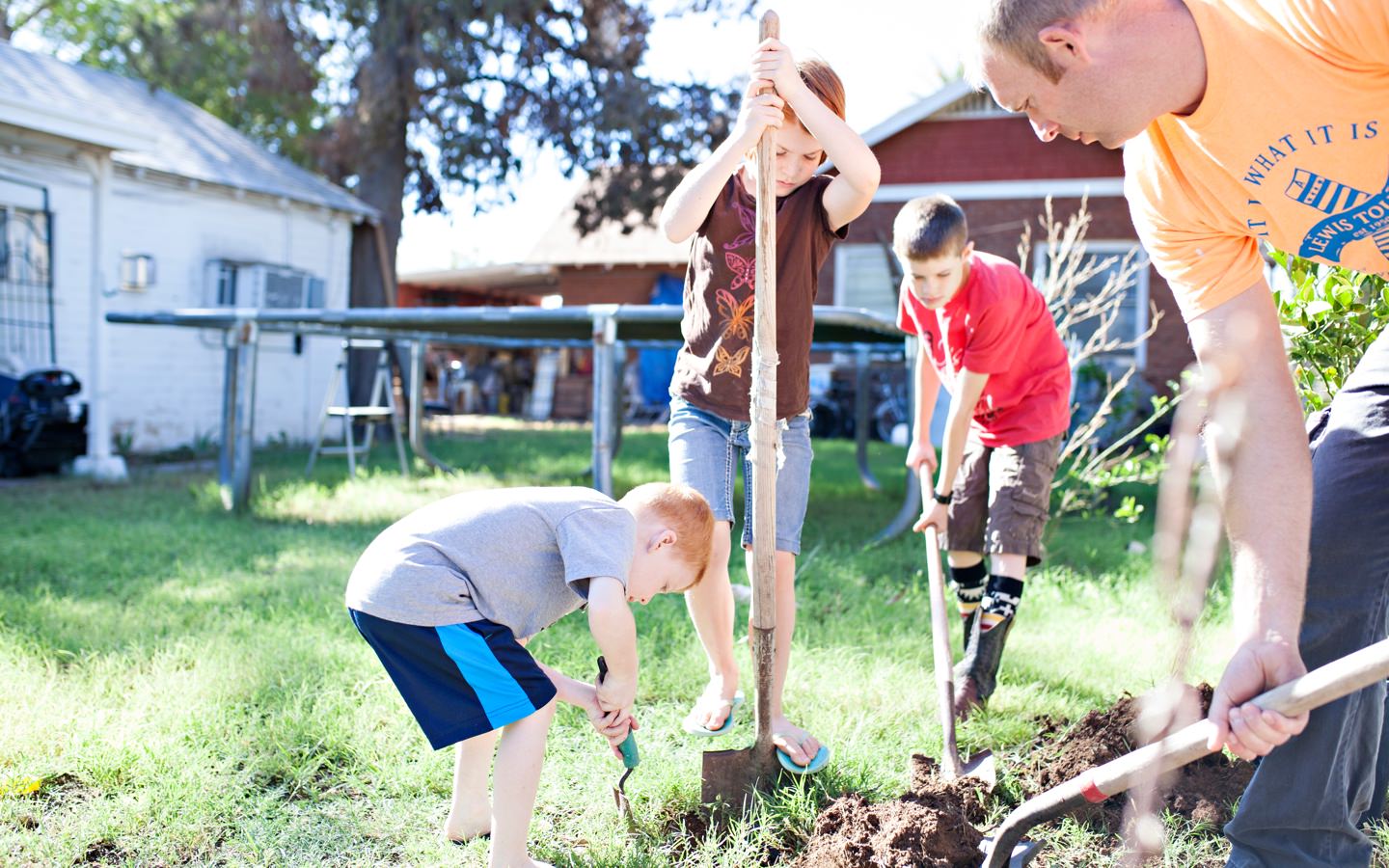
Ready to plant your own trees? Here are all the steps you’ll need to take provided by the Friends of Trees crew!
Planting a Balled & Burlapped Tree
- Carefully remove any wire basket, and unwrap the tree’s burlap, leaving it underneath the tree. (You will use the unwrapped burlap to lift and move the tree.)
- Gently remove extra soil from around the top of the root ball until you find the root flare of the highest major root. Protect the root ball from falling apart during this process.
- Dig the planting hole the same depth as the root ball but 2-3 times the width.
- Score the sides of the hole.
- Gently lift the tree using the burlap and lower it into the middle of the hole. The root flare—highest major root—should be level with the soil surface.
- Rock the tree gently to one side while tucking the burlap beneath the tree. Rock the tree gently to the opposite side, enabling you to pull out the burlap from the bottom of the hole. Support the root ball to keep it intact throughout the process.
- Stabilize and straighten the tree with backfill, being careful not to crack or damage the root ball. Double check to ensure the highest major root is even with the soil surface.
- Add the rest of the soil back into the hole, gently pressing down as you go to avoid air pockets, but not so hard as to heavily compact the soil.
- After planting, water the tree thoroughly to settle the soil and remove air pockets.

Planting a Containerized Tree
- Massage the container to loosen the root ball from the pot.
- Massage the roots and loosen up the root ball soil.
- If any roots are circling, lay the root ball on its side and prune the root at the point where it begins to circle. You may need to use a shovel for larger circling roots and shave down the side of the root ball.
- Gently remove extra soil from around the top of the root ball until you find the root flare of the highest major root.
- Gently lift the tree by the root ball with a partner and lower it into the middle of the hole. The root flare—highest major root—should be level with the soil surface.
If you would rather leave the planting to a group of volunteers, you can always make a donation to Friends of Trees and you can rest assured that they will get out there and do so!
Will you be celebrating Earth Month and Day by planting your own trees? Share with

Shop Pillows
The Essential Organic Pillow Collection
Gentle, breathable, non-toxic support.




